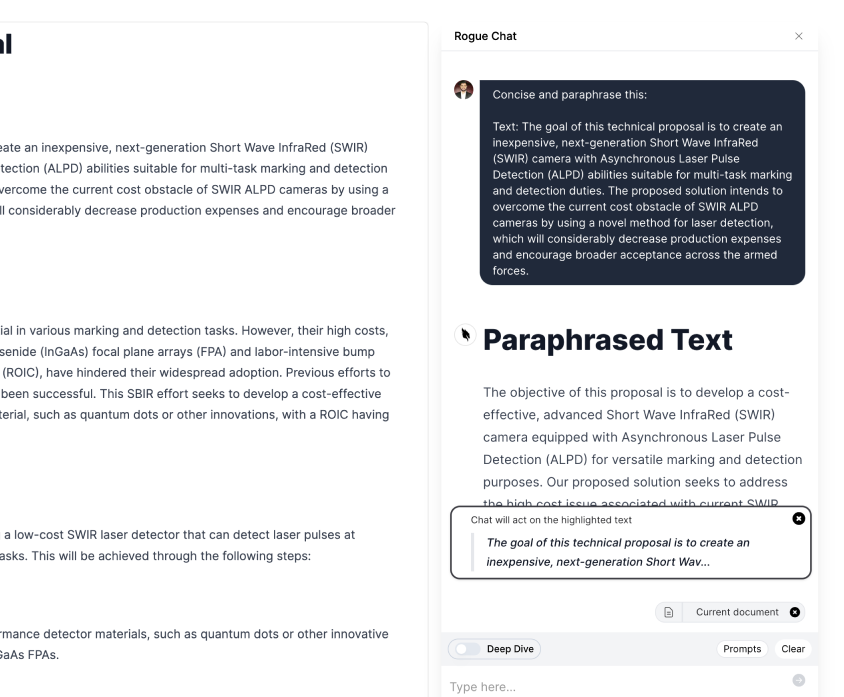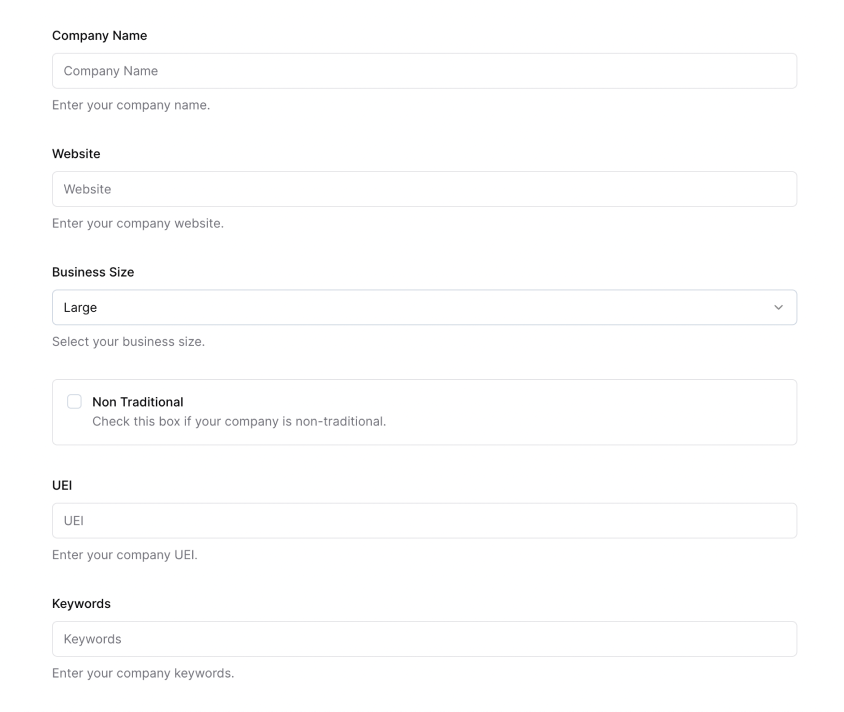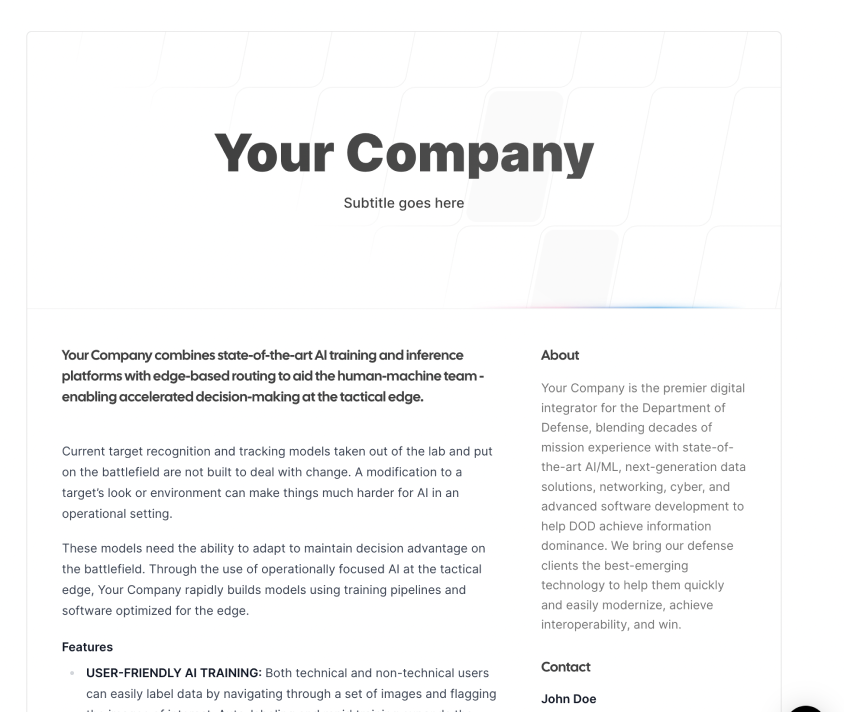
7.0 Where Does Program Funding Come From?
A budget is a terrible thing to waste, unless it's on your contract, and then it's great.
Where Does Program Funding Come From?
Believe it or not, there is not a magical, hidden pot of money laying around the Pentagon, Navy Yard, or Wright Patterson Air Force Base waiting for your awesome thing to come along.
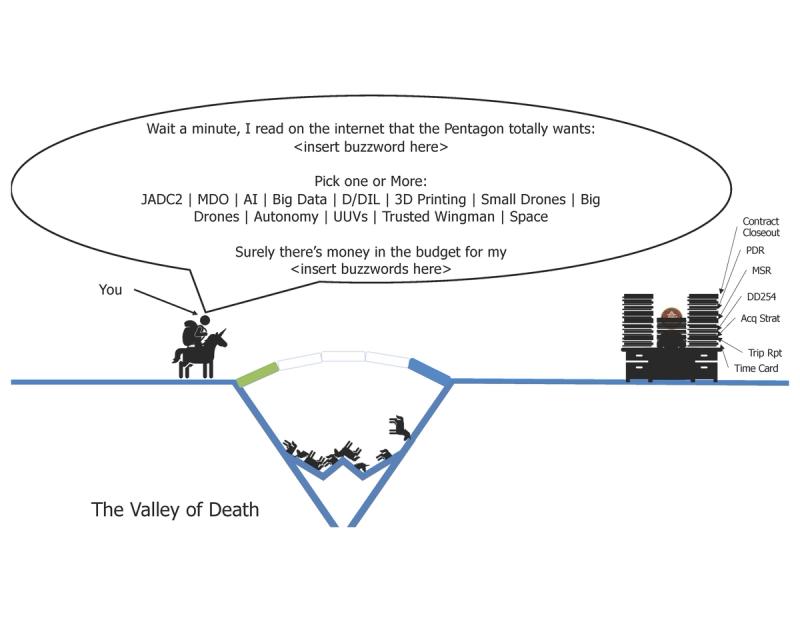
Every red cent is aligned to a purpose, going back to the Program Elements through which money flows like streams, those program elements have very specific purposes.
But wait, what purpose, where does THAT come from?
Glad you asked, it's simple, sort of...

The White House publishes a National Security Strategy (Defense, Homeland Security, Intelligence, etc). One of the biggest recent shifts in national security strategy was Obama's "Pivot to the Pacific"
From that, the Pentagon builds a National Defense Strategy, how the DoD is going to do it's part.
From that comes the national military strategy.
From that comes the Defense Planning Guidance - basically instructions to the Department on what they should be spending money on.

From the DPG, program offices start building their Program Objective Memorandum (POM) submissions and their budget estimate submission.

POM turns into BES, BES turns into a budget, budget comes through Program Elements to programs.
So, at the end of the day, every dollar that is spent in the Pentagon on research and development, operations and maintenance, procurement, military construction, or military personnel, flow down from the White House.
This all makes sense because the President, at the end of the day is the leader of the military.
If you prefer a more Pentagonees version of the process, here's a slightly dated view.
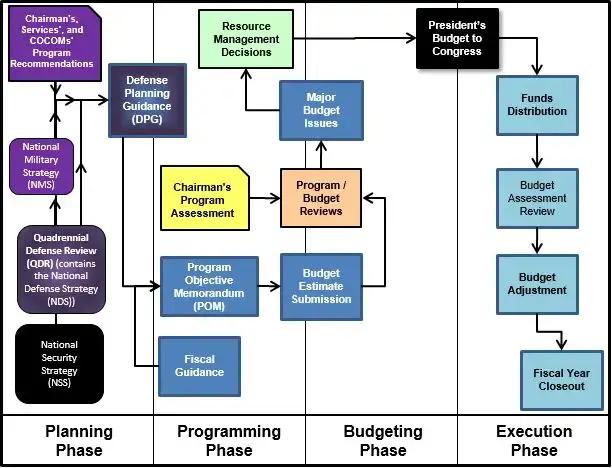
There in lies the challenge.
If your thing is genuinely new, never been needed before, then there's a gap in funding where new money had to be "programmed".
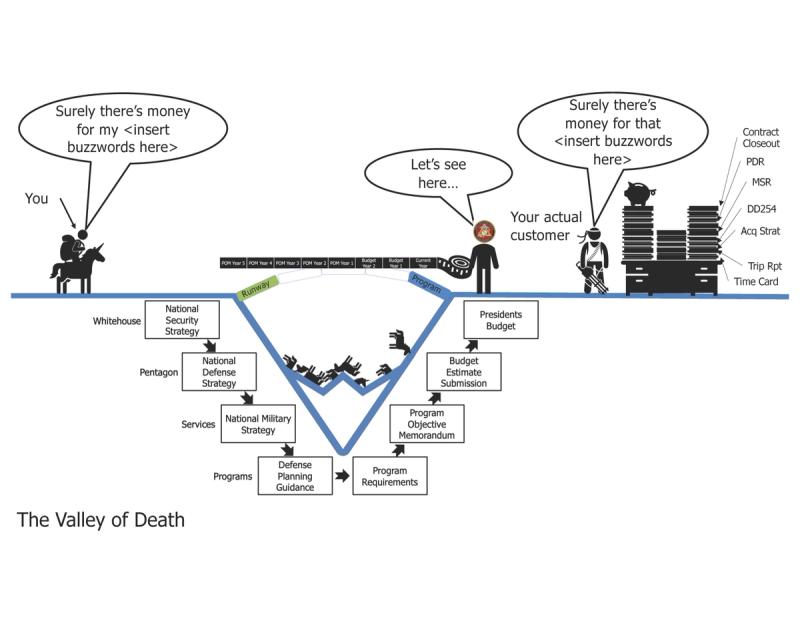
The first place to put a new thing is in the first of 5 POM years, which is basically two years form now, whenever "now" is.
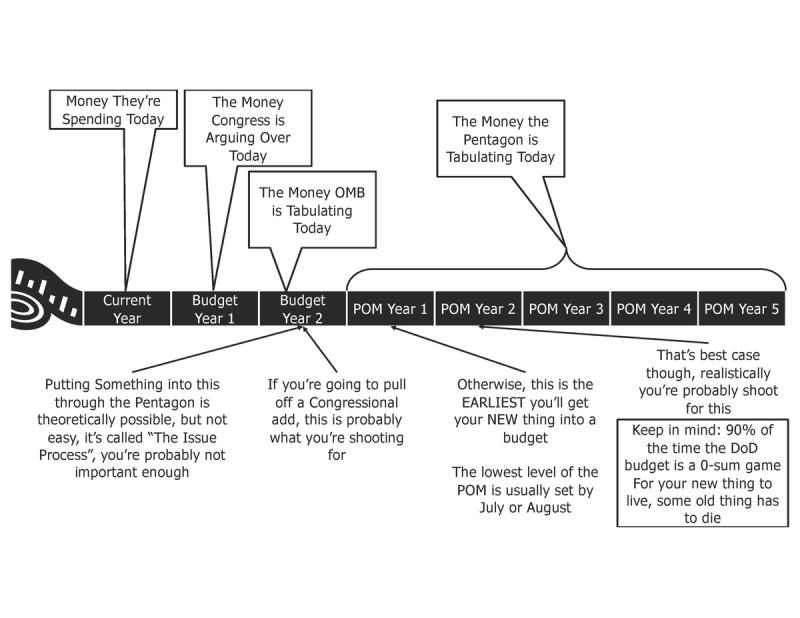
In reality, at the lowest program level, POM builds are wrapped up about half way through the year because there are strict timelines for the flow:
- February: Future Year Defense Program (FYDP) Updated
- April: DoD Send Defense Planning Guidance (DPG) to Services
- 30 July: Services submit POM and Budget Estimate Submission (BES) to OSD, CAPE, and Office of Management and Budget (OMB) for POM Review (FYDP Updated)
- October – December: Joint OMB-OSD review leading to Resource Management Decision (RMD)
- December: DoD Budget Request sent to OMB
- 1st Monday of February: Presidents Budget due to Congress
Now, keep in mind, that's the "programming phase" of things.

Once a program gets money, they have varying timelines in which to spend the money.
O&M burns the quickest, MILCON burns the slowest, this is why you hear apocryphal stories about government folks spending money quickly at the end of the year to buy TV's and lawn mowers to "burn it" before they "lose".
Now, in some cases this can be an opportunity for folks who know a customer, have a good reputation, and have contracts that can receive funding. If there is funding at the end of the year that needs to be spent, and you have a way for them to spend it, you could be the beneficiary of "end of year money".
So...you find a customer, who has a program, who has a budget, so you can get some of it, right?
Not really. There's "requirements" that budget is supposed to fulfill.

Let's talk about how these requirements come about.
Let's skip the Chart and the whole JCIDS process, we'll stick to the high points.

The NSS, NDS, NMS come down from on high, subordinate commands often develop thier own relevant strategies for how thier force structures will support the strategy.

There's typically a concepts division, like MCWL or ARCIC that tries to translate that vision into tangible operational approaches.
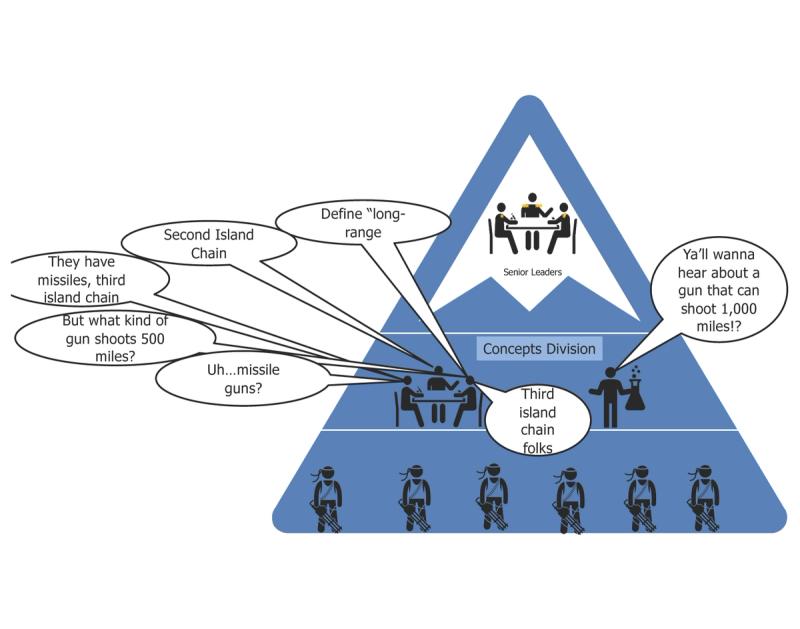
Those operational approaches have "capability" requirements, which translate into technology.
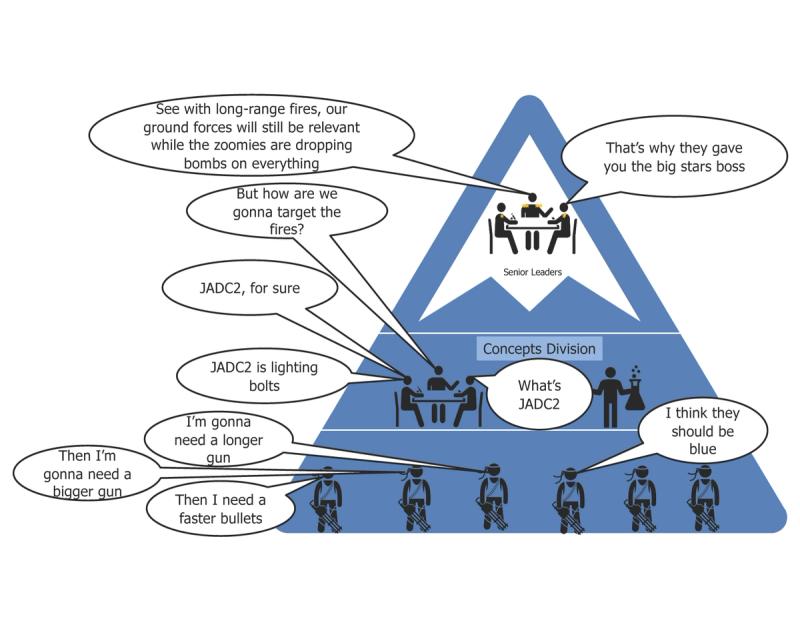
Those concepts flow down to the end users who will inevitably need to use the capabilities to implement the operational concept to fulfill the senior leader's vision.
So, your -customer- the program officers have to translate those capability requirements into things they can request from industry.

Often times they need to do market research, the FAR actually requires it. Further, they often don't know what sorts of technology is out there to satisfy the stated capability requirements.
In many cases these days they'll do this market research in real life at experimentation exercises where vendors can put up or shut up and leave the slick sheets at the door.
You got invited to a SOF-TE, Trident Spectre, NavalX, Project Convergence, etc, etc. Cool.
-----They hold an experimentation exercise-----
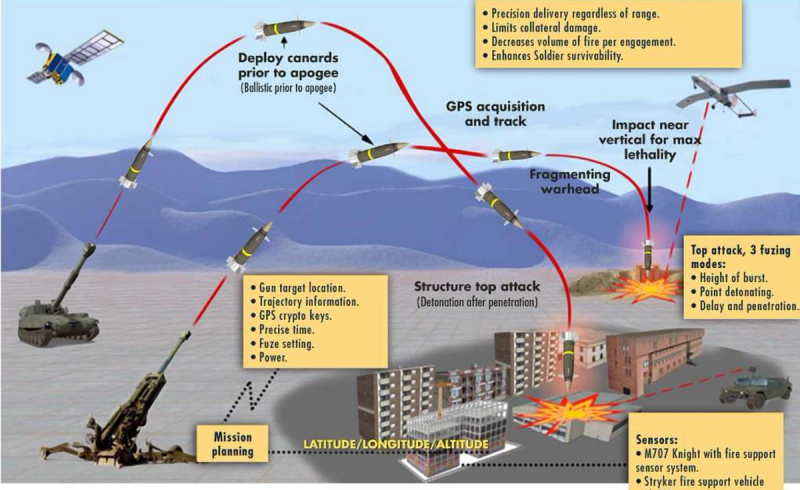
-----They hold an experimentation exercise-----
You MAY have put your product in front of a customer and/or a relevant operational end user. But results may vary, the people who get sent to exercises are not always your customers, or users, they just interested, or had nothing more important to do.
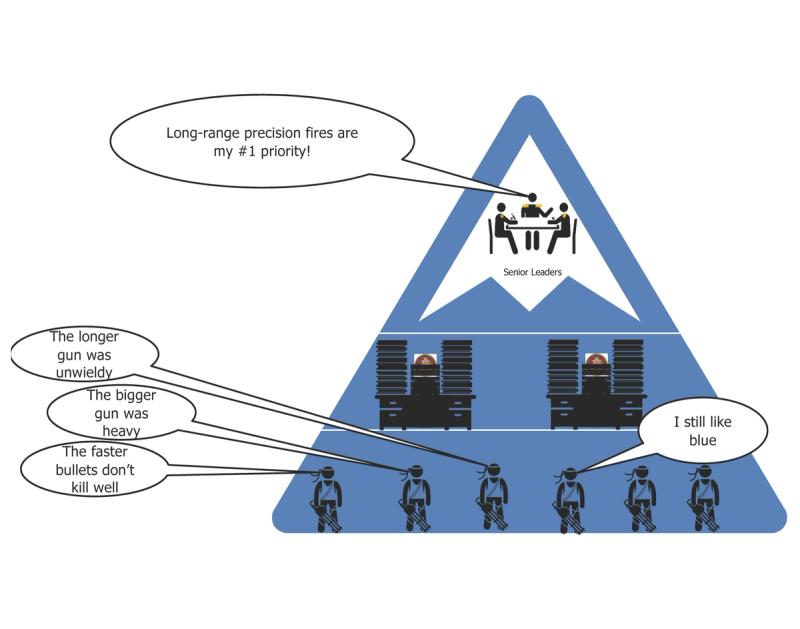
End users are often important participants in these exercises because they have to give feedback to the program offices on what they saw, what they liked, what they didn't, etc.
The program offices translate that feedback into refined requirements that they can in-turn publish in solicitations.
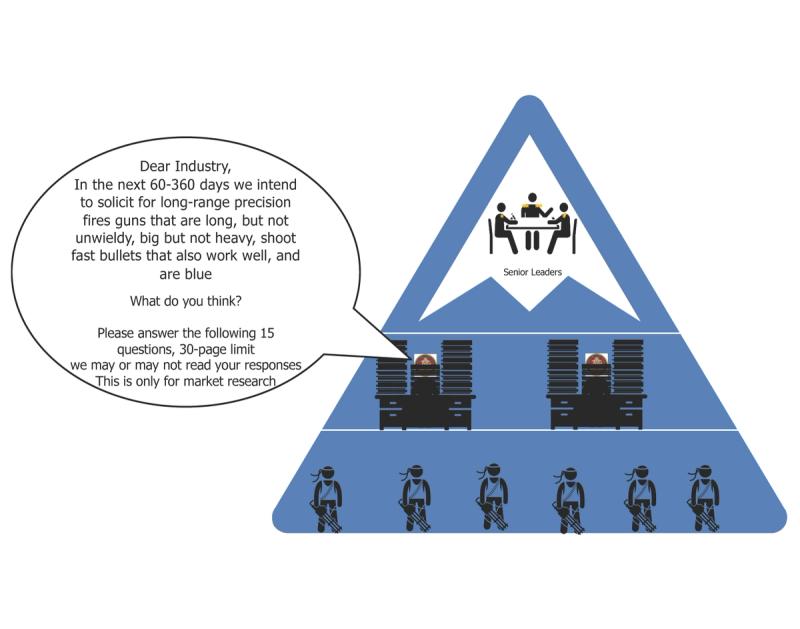
Even then, they typically go through the whole RFI->DRFP->RFP flow.
Why?
Honestly, part of it is the "rule of two", but also because it cuts down on protests. No matter how long the pre-solicitation process takes, it often pales in comparison to the protest process.
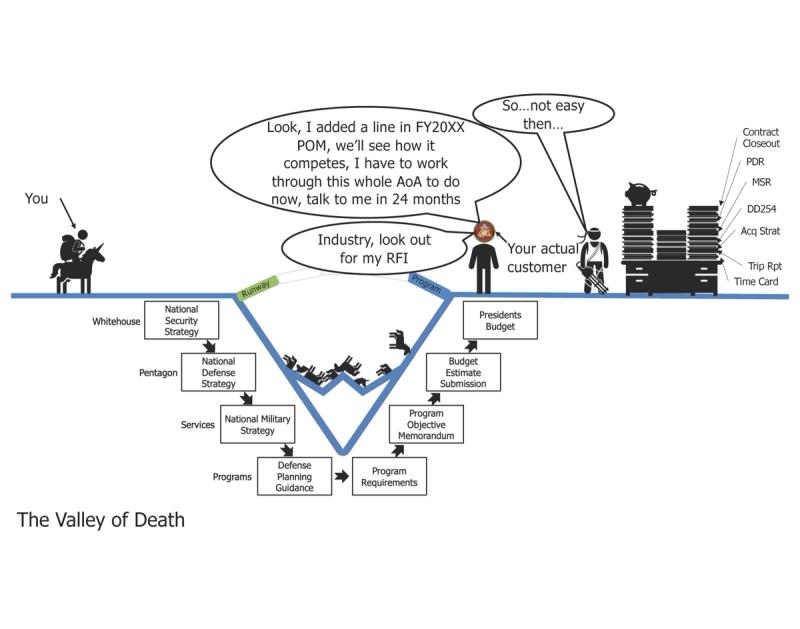
At the end of the day, you can get upset that the process takes soooooo long, or you can look at it as the game it is and learn how to play.
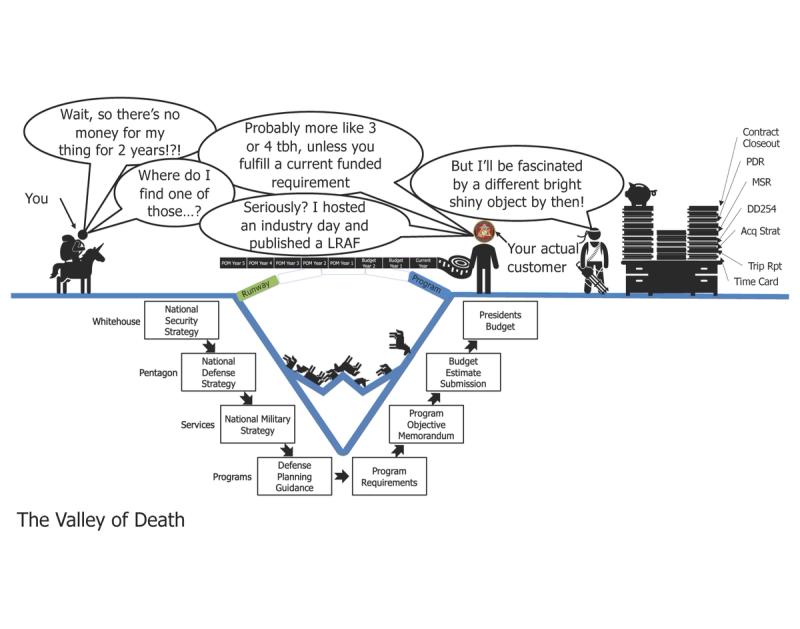
You may also be better served by a current requirement, that has funding in the current and next two budgets. What's the down-side? You have to compete, either against the incumbent or all of the other people who are going after the opportunity.
It's up to you, tailor your tech to a current requirement, or try to get a PM to wedge you into a future POM and extend your runway to get you there.

Regardless of your approach, you need to identify what funding you're going after.
Note: There are a multitude of people in the "innovation ecosystem" that neither money nor and influence over money, beware of wasting time with them.
Sign up for Rogue today!
Get started with Rogue and experience the best proposal writing tool in the industry.

